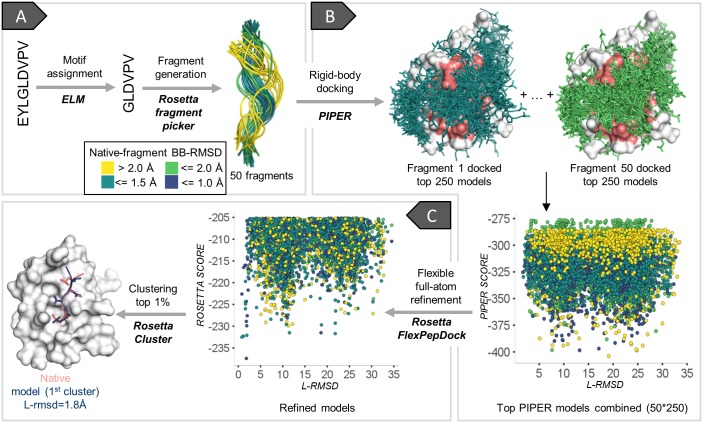Fig 1. Overview of the PIPER-FlexPepDock peptide docking protocol.
Example shown: PDZ domain-peptide interaction [PDB IDs of receptor structure 1MFG (bound) and 2H3L (free)]. For a given receptor structure and peptide sequence, the divide and conquer strategy involves first the description of the peptide as an ensemble of fragments (A), their fast and exhaustive rigid body docking (using PIPER) onto the whole receptor (binding site region is shaded salmon) (B), and subsequent high-resolution refinement (using Rosetta FlexPepDock; the top 5000 models are included in the plot) (C), followed by clustering and selection of top ranking representatives. Fragments are colored according to their similarity to the native bound peptide conformation. L-RMSD: Ligand root mean square deviation from crystal structure; see text for more details.

